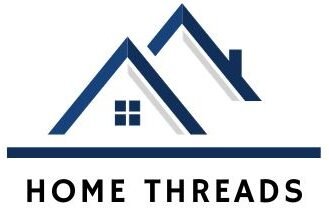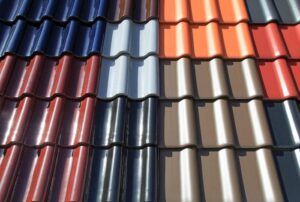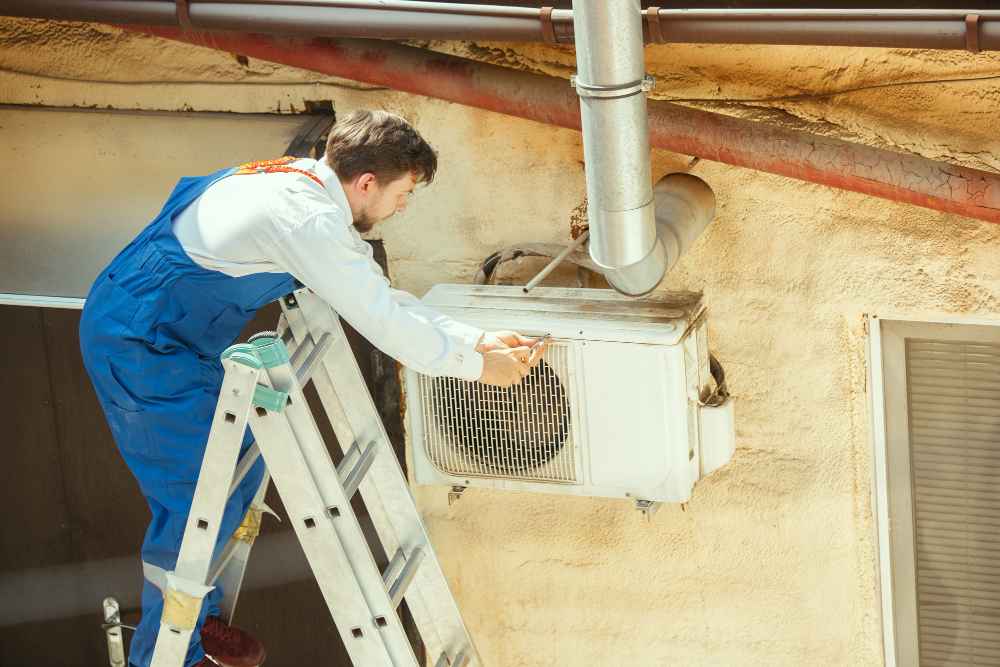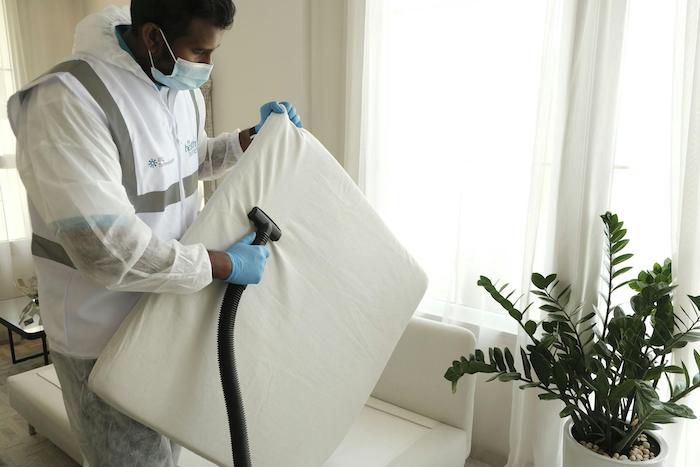A leaky roof is more than just a nuisance—it’s a serious threat to the structural integrity of your home. Water damage can lead to mold growth, weakened foundations, and costly repairs if left unaddressed. Whether you’re dealing with a minor drip or a major leak, understanding the causes and solutions for leaky roof repair is essential for every homeowner.
In this comprehensive guide, we’ll walk you through everything you need to know about identifying, fixing, and preventing roof leaks. Let’s dive in!
Common Causes of a Leaky Roof
Before jumping into repairs, it’s important to understand what causes roof leaks. Here are the most common culprits:
- Damaged Shingles: Cracked, curled, or missing shingles can expose your roof to water infiltration.
- Clogged Gutters: When gutters are blocked, water can pool and seep under your roof’s edges.
- Faulty Flashing: Damaged or improperly installed flashing around chimneys, vents, and skylights can create gaps for water to enter.
- Roof Age: Over time, wear and tear can weaken your roof’s ability to repel water.
- Ice Dams: In colder climates, ice buildup can prevent proper drainage, leading to leaks.
- Poor Installation: Subpar roofing materials or improper installation can result in vulnerabilities.
How to Identify a Leaky Roof
Spotting a leak early can save you from extensive damage. Look for these signs:
- Water stains on ceilings or walls
- Dripping sounds during rain
- Mold or mildew growth in the attic
- Missing or damaged shingles
- Peeling paint or wallpaper
If you notice any of these warning signs, it’s time to take action.
DIY Leaky Roof Repair: Step-by-Step Guide
For minor leaks, you may be able to handle the repairs yourself. Here’s how:
- Locate the Source: Start by inspecting your attic during daylight to find where water is entering.
- Clear Debris: Remove any leaves, branches, or dirt from your roof and gutters.
- Replace Damaged Shingles: Carefully remove and replace cracked or missing shingles.
- Seal Gaps: Use roofing cement or sealant to patch small holes or cracks.
- Check Flashing: Ensure flashing is secure and replace it if necessary.
Note: If you’re uncomfortable working on your roof or the damage is extensive, it’s best to call a professional.
When to Call a Professional Roofer
While DIY repairs can be effective for minor issues, some situations require expert intervention:
- Persistent leaks despite repairs
- Extensive water damage
- Structural concerns, such as sagging roofs
- Lack of proper safety equipment
A licensed roofer can provide a thorough inspection and long-lasting solutions to keep your home safe and dry.
Preventing Future Roof Leaks
Prevention is key to avoiding costly repairs. Follow these tips to keep your roof in top condition:
- Schedule annual roof inspections
- Clean gutters and downspouts regularly
- Trim overhanging tree branches
- Address minor issues before they escalate
- Invest in high-quality roofing materials
Conclusion
A leaky roof is a problem that demands immediate attention. By understanding the causes, identifying the signs, and taking proactive steps, you can protect your home from water damage and extend the life of your roof. Whether you tackle the repairs yourself or hire a professional, addressing leaks promptly will save you time, money, and stress in the long run.
Don’t wait until it’s too late—take action today to safeguard your home with effective leaky roof repair solutions!









